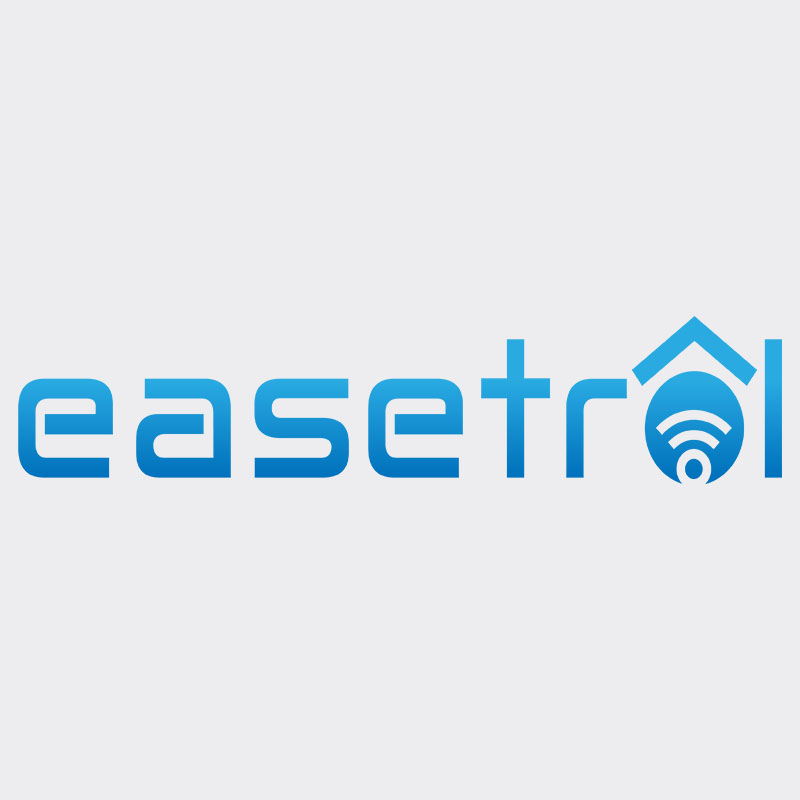A Wi-Fi remote control switch operates using Wi-Fi technology, allowing users to control various devices and systems over a local area network or even remotely via the internet. This kind of switch has become increasingly popular with the rise of the smart home and IoT (Internet of Things) devices. Here’s an exploration of the technology behind a Wi-Fi remote control switch:
1. Components of a Wi-Fi Remote Control Switch:
Wi-Fi Module: This module allows the switch to connect to a Wi-Fi network. Popular chips like the ESP8266 or ESP32 are often used in such devices due to their compact size, power efficiency, and cost-effectiveness.
Microcontroller: This controls the logic of the switch, from handling the Wi-Fi connection to interpreting incoming commands and controlling connected devices.
Relay or Solid-State Switching Mechanism: This physically toggles the connected device ON or OFF based on commands received.
Software/Firmware: This runs on the microcontroller and manages the device’s operations, including handling commands from users and providing feedback.
2. Operating Principle:
Connection: Upon powering up, the Wi-Fi switch connects to a predefined Wi-Fi network.
IP Addressing: Once connected, the device gets an IP address, either statically assigned or dynamically via DHCP.
Command Reception: Through an app or web interface, users can send commands to the switch. The command is transmitted over the Wi-Fi network to the switch’s IP address.
Action Execution: Upon receiving a command, the microcontroller processes it and triggers the relay or switching mechanism to perform the desired action (e.g., turning a light ON or OFF).
Feedback: The switch can send feedback about its status or any errors back to the user interface.
3. Key Features and Advantages:
Remote Access: With internet connectivity, users can control Wi-Fi switches from virtually anywhere, not just within the range of the local network.
Integration with Home Ecosystems: Wi-Fi switches can be integrated with smart home platforms like Amazon Alexa, Google Assistant, or Apple HomeKit, enabling voice control and automation.
Scheduling and Automation: Users can set schedules or trigger actions based on conditions, like turning off lights at sunrise.
Energy Monitoring: Some advanced Wi-Fi switches can monitor energy consumption, providing insights into usage patterns.
4. Security and Connectivity
Encryption: To ensure secure communication, Wi-Fi switches employ encryption methods like WPA2.
Network Dependency: The switch relies on a stable Wi-Fi connection. If the network is down, remote control functionality may be interrupted.
Software Updates: Regular firmware updates are crucial for fixing vulnerabilities and improving functionality.
5. Applications:
Wi-Fi remote control switches are often used in smart home setups to control lights, fans, appliances, and more. Their flexibility also allows for more extensive applications, like managing devices in offices or industrial settings remotely.
6. Power Source:
Wi-Fi switches are typically mains-powered when used for home appliances, ensuring they stay connected. However, they can also be battery-operated, especially in scenarios where continuous power isn’t available. It’s worth noting that Wi-Fi modules can be power-hungry, so battery-operated setups might require power-saving strategies.
Conclusion:
Wi-Fi remote control switches represent a fusion of traditional electrical systems with modern networking technology. As the IoT ecosystem expands and connectivity becomes even more integral to our lives, we can expect these switches to play a crucial role in making our environments smarter and more interconnected.



